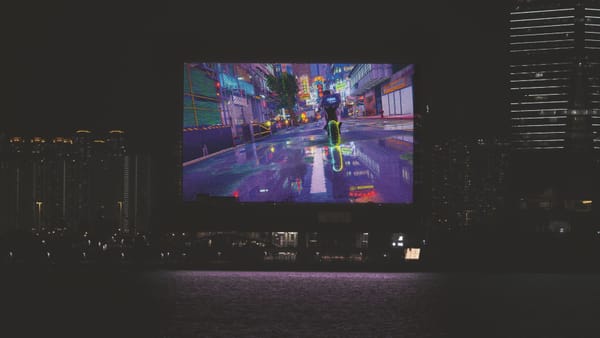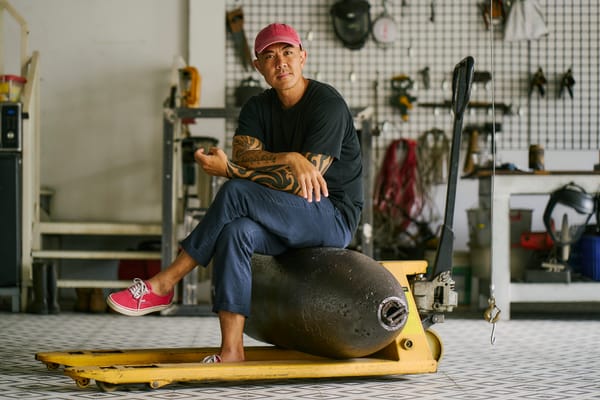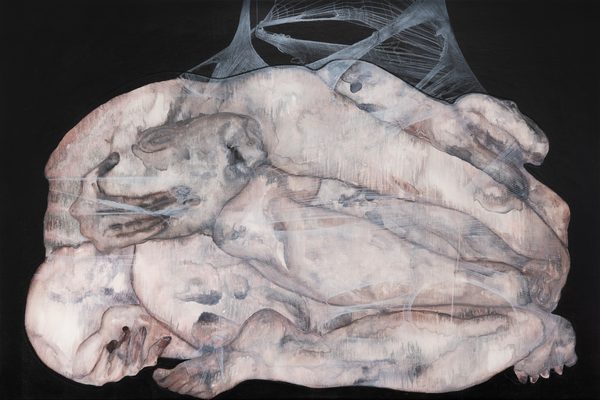People
No Time Like Passing Time: A Conversation with Tehching Hsieh (Part 1)


One year living in a cage; another spent punching a time card every hour. One year living outside, followed by a year tied with a 2.5-meter rope to another person (Linda Montano). Then came a year of abstinence from making art. Tehching Hsieh’s “One Year Performance” series (1978–86) are some of the best-known and celebrated durational projects of 20th-century art. Yet Hsieh himself is a reserved and often mercurial figure, whose projects grew to inhabit in the realm of art-historical legend even as the artist disappeared from the spotlight. He followed his now-seminal performances of the late 1970s and early ’80s with 13 self-declared years of making but not showing his art, a period that lasted until the last day of the last millennium. In this century, Hsieh has come back into focus, particularly in New York, where the Museum of Modern Art presented One Year Performance: Cage Piece (1978–79) and the Solomon R. Guggenheim Museum showcased One Year Performance: Time Clock Piece(1980–81), both in 2009. The same year, MIT Press published the extensive monograph on Hsieh by Adrian Heathfield, Out of Now: The Lifeworks of Tehching Hsieh (2009).
In the latest bend in his meandering career, the Taiwan Fine Arts Museum (TFAM) had selected Hsieh to represent Taiwan at the 57th Venice Biennale in 2017. This positioned him on the international stage for the first time in the context of the country where he was born in 1950. In May of this year, during the opening week of the 57th Venice Biennale, I sat down with Hsieh in a back room at the Taiwan Pavilion—organized by TFAM, with Heathfield as the curator—to talk about their presentation, “Doing Time,” his maritime journey from Taiwan to the United States, and the origins of his approach to art-making.

It is great to see, here in Venice, these early pieces—Road Repair [ 1973 ], Exposure [ 1973/2016 ], and Jump Piece [ 1973 ]—which you had made in Taiwan.
It’s the first time they have been shown in public. M+, in Hong Kong, has collected the Jump piece but they haven’t displayed it yet.
When you went to the United States in 1974, on board a merchant-marine ship, did you bring any artworks with you from Taiwan?
Nothing—there was no time! Because I jumped ship, I carried only a Super-8 camera. That was all I had when I made my way to New York.
Before that, I had already quit painting. I didn’t feel that painting was de-materialized enough. I had heard that in America they had some kind of new avant-garde, called “conceptual” [art] or “happenings.” I only knew those two words. Because Taiwan was so conservative, we didn’t have any news from the outside. I bought a camera—a Super-8. You saw Road Repair [three photographs of splattered tar on the road]; it was the first time I used the camera. I took pictures of the streets because I did abstract painting before, and it [the road repairs] were already so beautiful, so abstract. Then I used the camera for Exposure [an action in 1973 in which Hsieh exposed 100 pieces of Kodak photo paper to the sun until they darkened], but I lost the film. But in that time I became experimental.
After I came to New York and saw art, I felt more confident. I felt that what I did in Taiwan in isolation was created with my own direct sense of perception. I came to New York in 1974, and then in 1978 I began the first One Year Performance; that was my mature work. Jump [film stills of Hsieh leaping out of a second-storey window] was a chance to learn by mistake. [He broke his ankles in the process.]
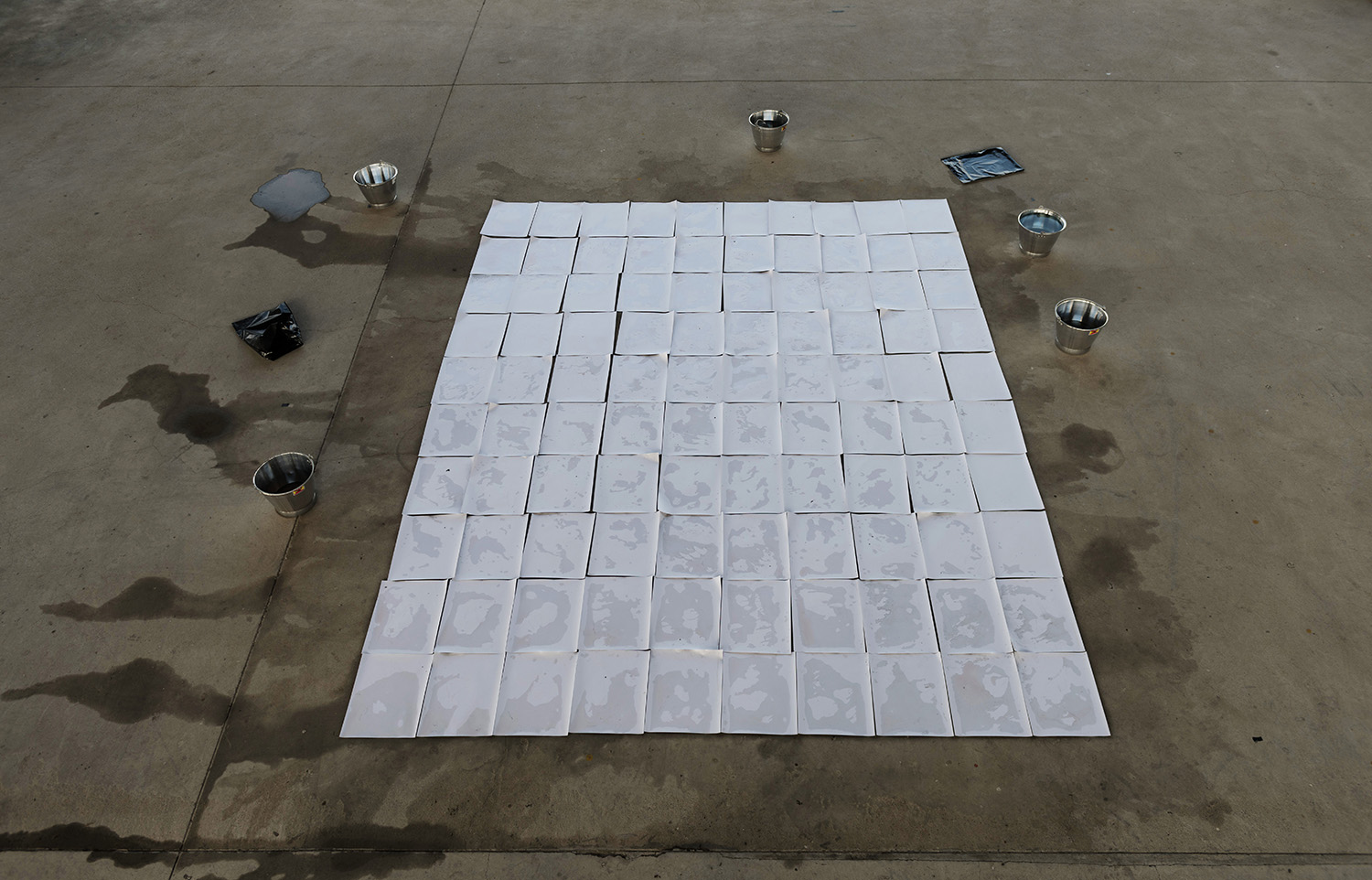
Where did you get the idea to use a camera, as opposed to making paintings?
To me it was just a tool, like a brush or something that you use. Because when you are young, you just need to have energy to express yourself. You have a good idea, you see something, then you just do it. You don’t need to care about this or that, or think about it too much.
Did you have other friends who were artists when you were younger? Was there a group of yours, or did you work alone?
No, they all went to school. I started art when I quit high school [in 1967]. When I did painting, it was the same as my “One Year Performances”—very extreme. The way I did it was like Vincent van Gogh, who influenced me the most in that early time. I had a crazy way of painting. But my family always gave me good material support. I had oil colors from Amsterdam, and pastels and colored paper from France. I was good at painting but then I changed—I wanted to do actions. This made my mother ask, “What kind of art are you doing?” I made her feel that something was not right. But of course she kept supporting me.
My influence from her is about dedication and sacrifice. But not in a Christian way—she was more Christian. I only did it for art. I would have lost my freedom if I had religion. The problem, though, is I still had some guilt. I took the good examples from Confucius, because I’m the first son of my mother, so I could get money more easily. But I didn’t feel bad. I took the money and did my “pure art.” Of course, my family didn’t understand. My mother and my father have passed away now and they didn’t know my art. Maybe today they could be shown something, but it’s too late now. I’m 66, almost 67.


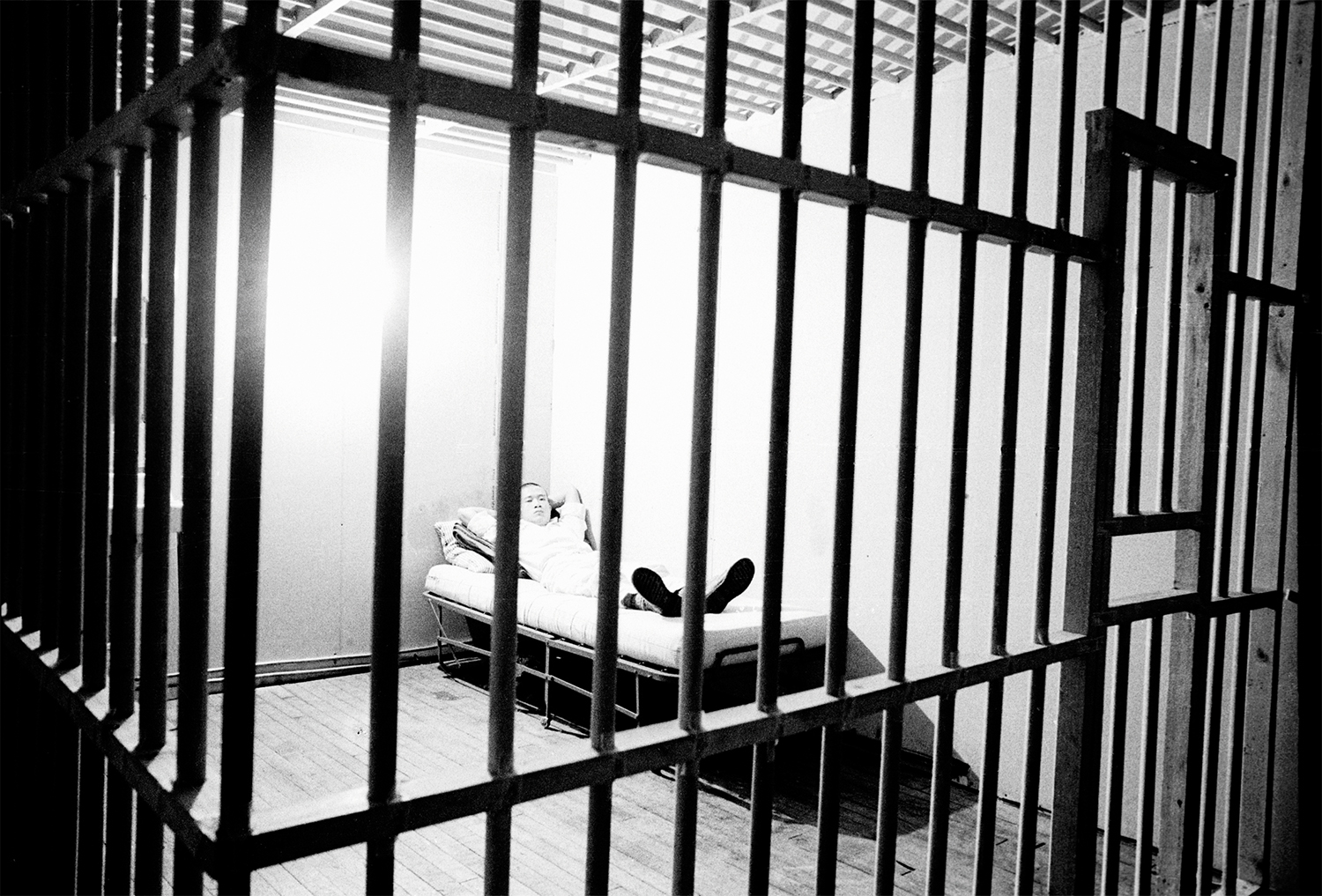
Did you always have an idea that art was your calling or the thing you wanted to do?
Yes. I had my own beliefs, and I’m stubborn. When I was younger, I had my own small art history. After I saw Jackson Pollock’s work, I felt my Road Repair was the same, except I didn’t do it [the painting]—I only took the photographs. From there, I moved on to make actions. That means I’ve already cleared painting, like a rocket—the second part is supported by the first part, which falls away. I could not have made Jump right away. Also my work is like a Russian doll. You open it, and then inside you have another layer, so it depends what subject you want to talk about.
To me, my mature work was the “One Year Performances.” I already understood my art was about “wasting time.” That’s the most important concept. When I came to New York, I didn’t know where I could create art. It was a cultural shock. I had to start everything anew. But of course I’m still a person and I couldn’t say my old, past work was not important. I was still trying to get at [the question of] what is my person. In Taiwan, my first Cage Piece, I wouldn’t even been able to finish it before I ended up in jail, because it was too politically sensitive in Taiwan.
But in New York, I had already wasted so much time when I was young. From age 24 to 28, I almost didn’t create anything. That’s a shame, because in Taiwan, I had such good energy. My reality frustrated me, being illegal [Hsieh was an illegal immigrant in the United States until 1988]. Every day, I had to do dishwashing or cleaning up in a restaurant. But at least I had time by myself to think about art.
I was thinking that at least I don’t need to think about where [to do my work]. I was already in the situation. In the beginning, I was just wasting time, but then I became conceptual about wasting time. I realized I know how to use this medium—time. If I can waste four years to make a piece of “art time,” I can go deep into “wasting time.” That was how I began my first piece. I just gave a different angle to “wasting time” in order to make a work.
Part 2 of this interview can be read here.
HG Masters is ArtAsiaPacific’s editor-at-large.
“Tehching Hsieh: Doing Time,” the Taiwan Pavilion, is on view at the Palazzo delle Prigioni, near Piazza San Marco, during the 57th Venice Biennale, until November 26, 2017.
To read more articles by ArtAsiaPacific, visit our Digital Library.



